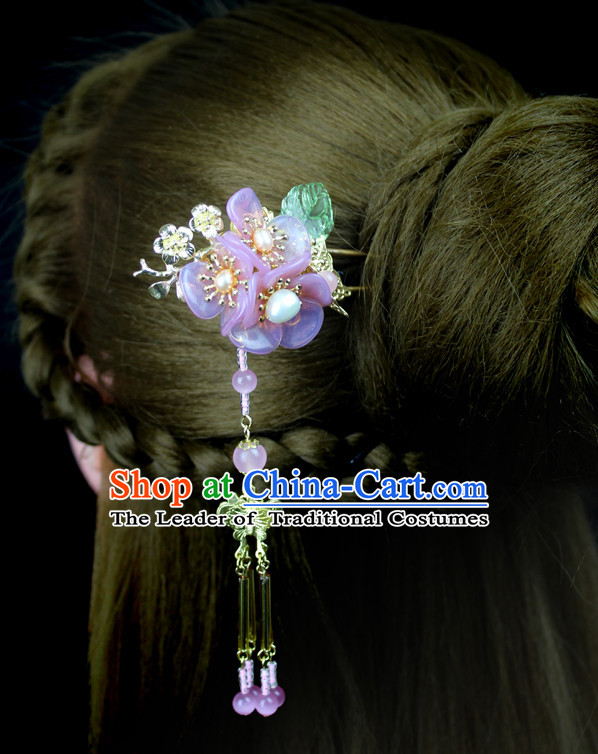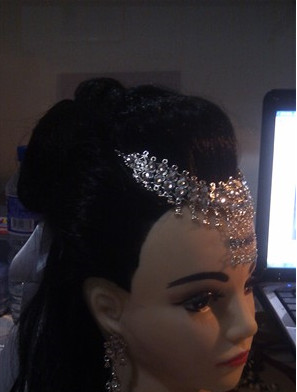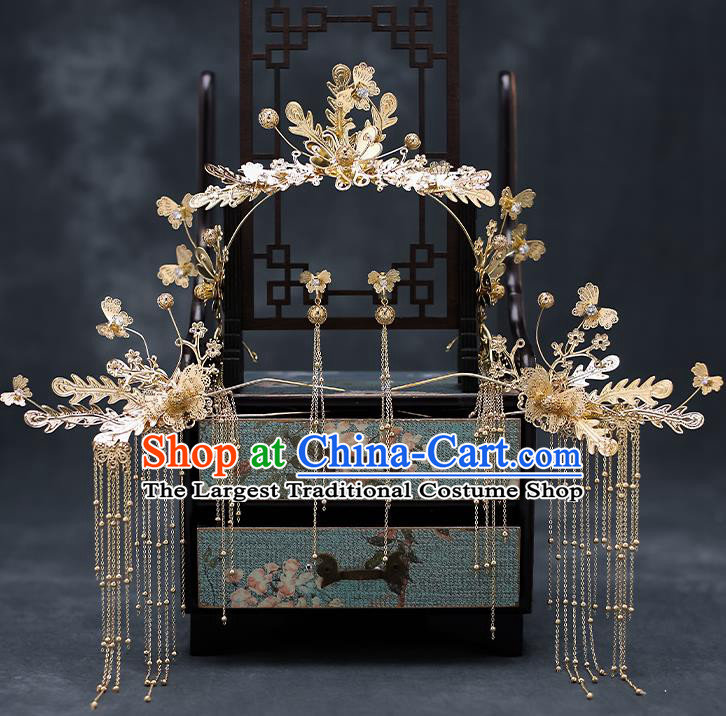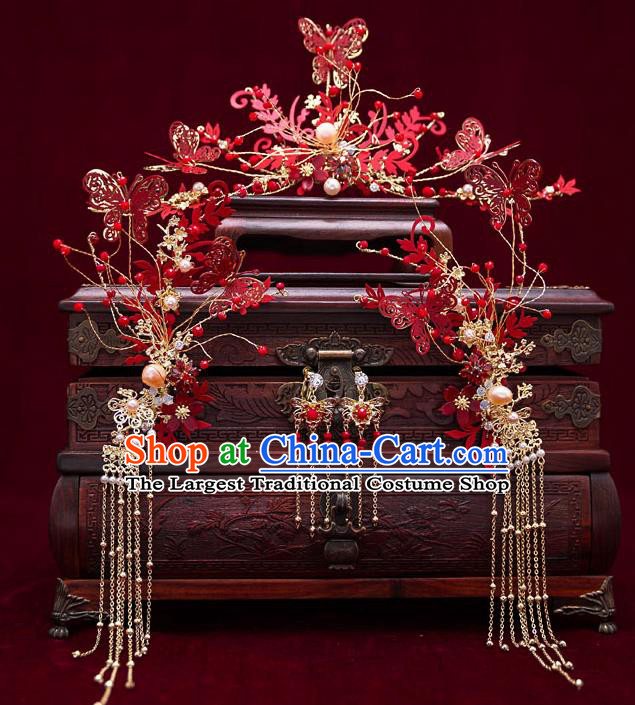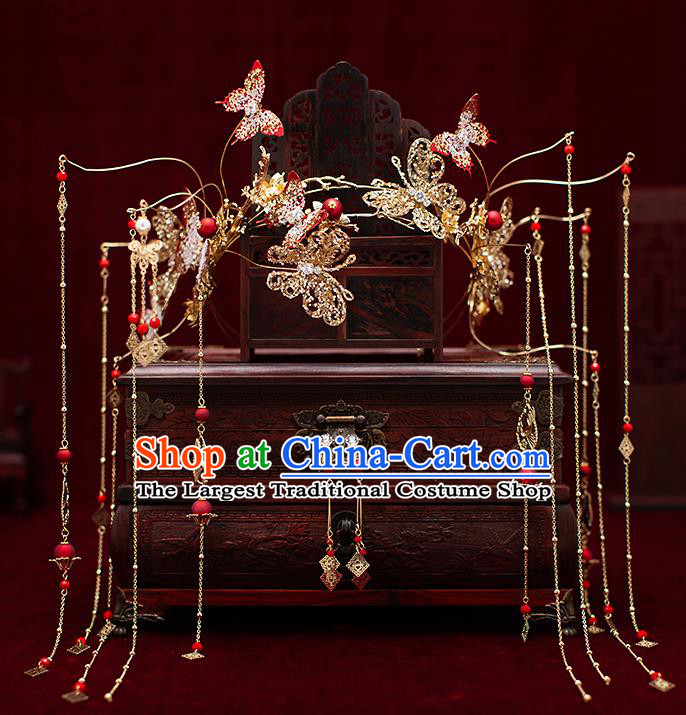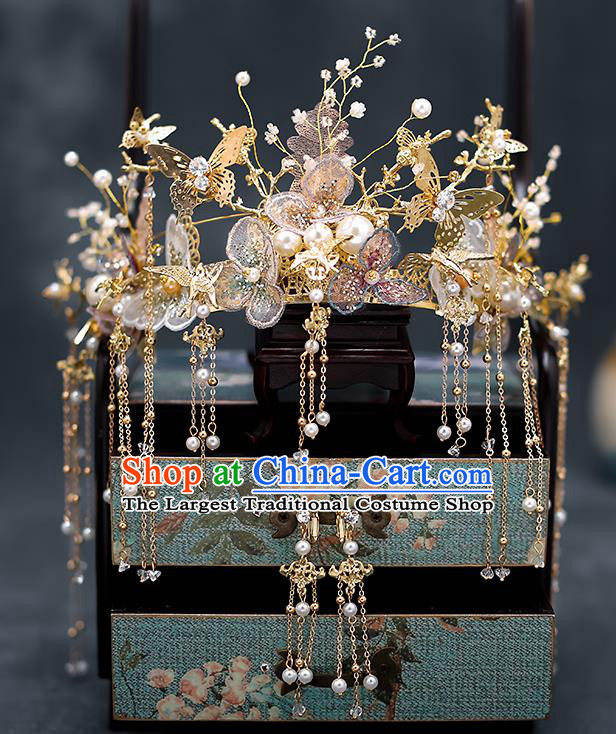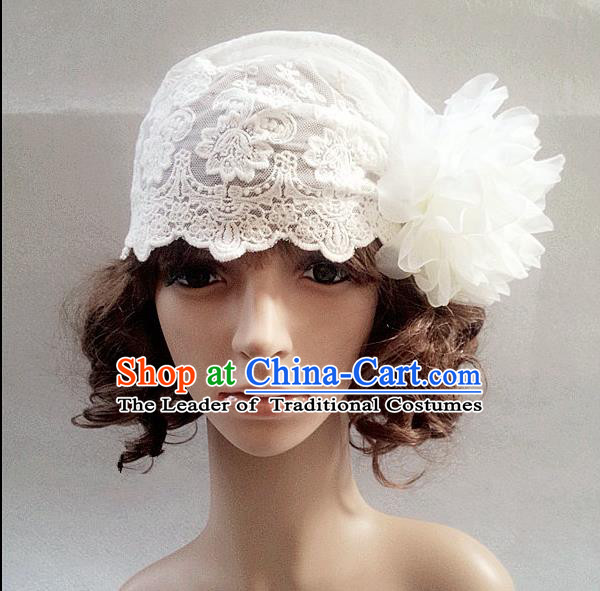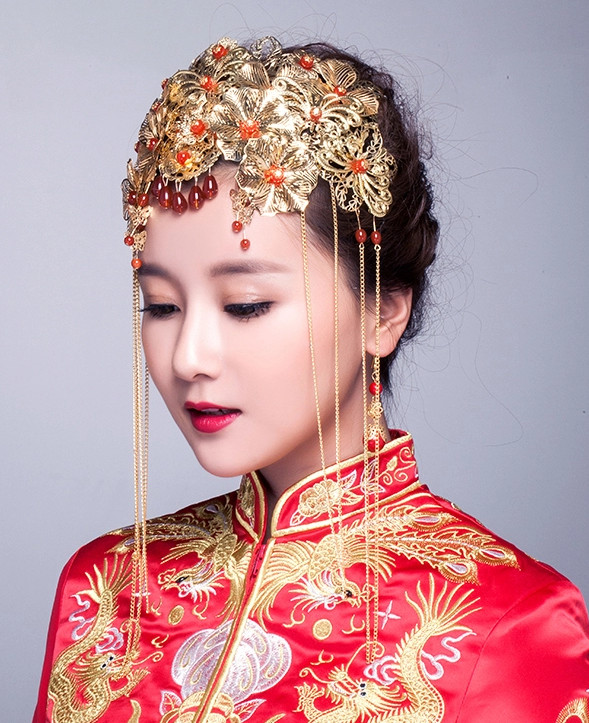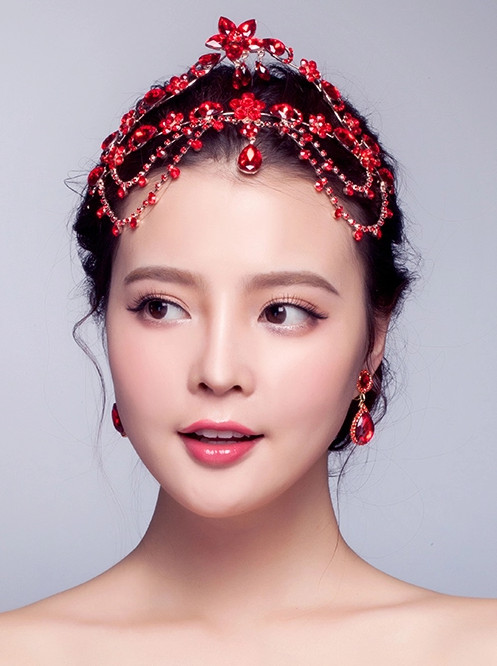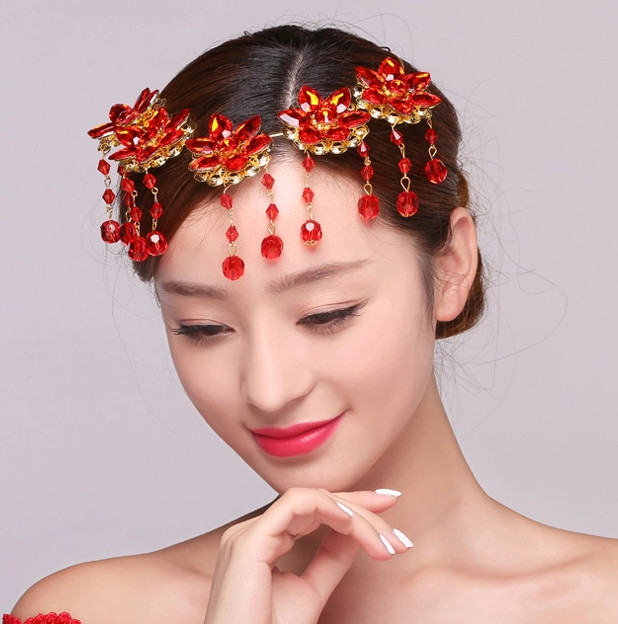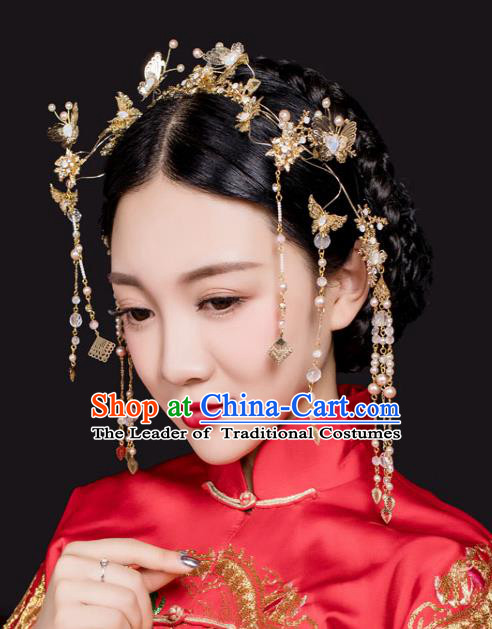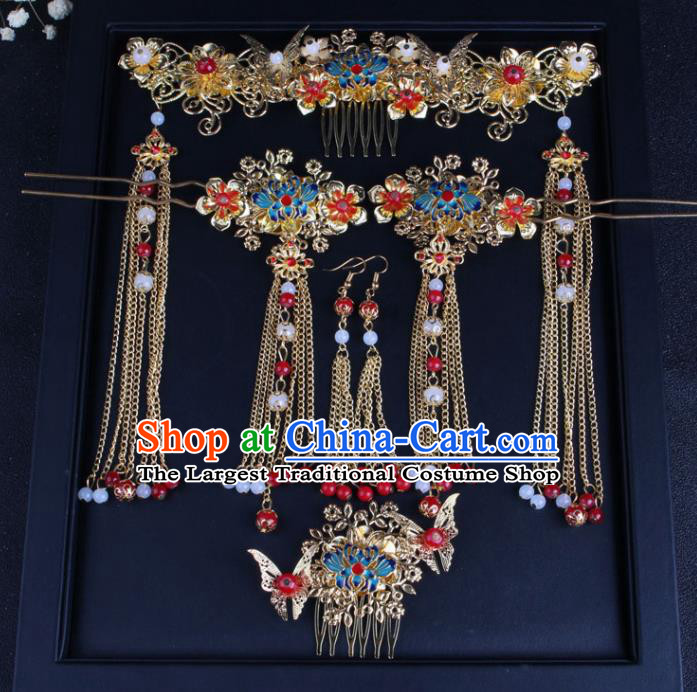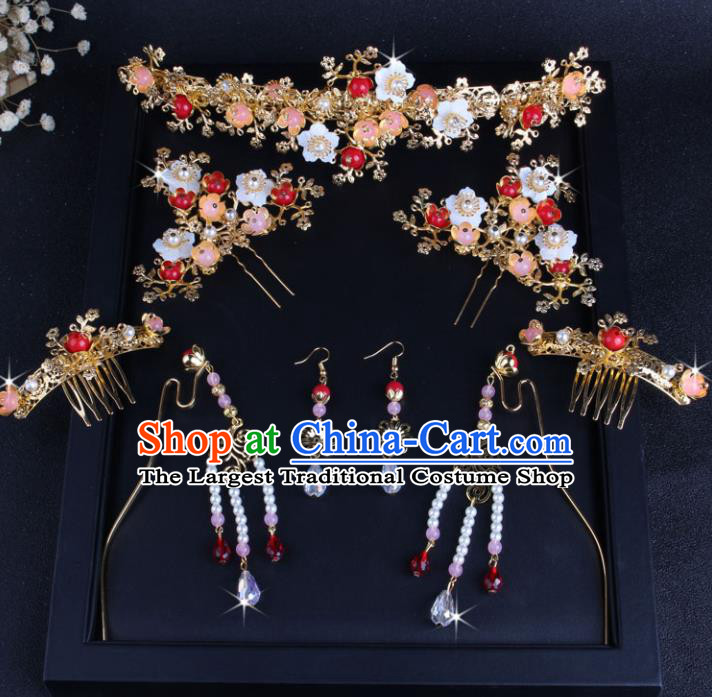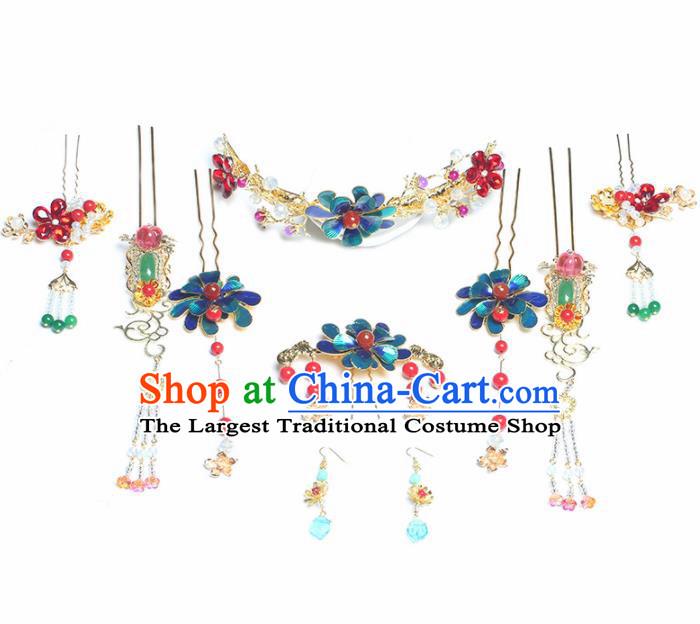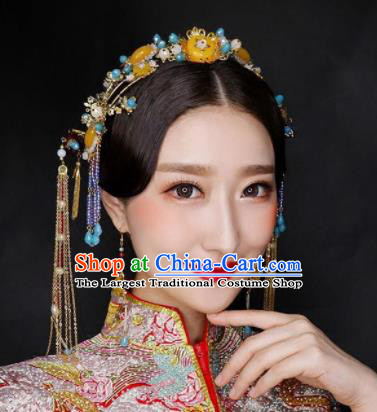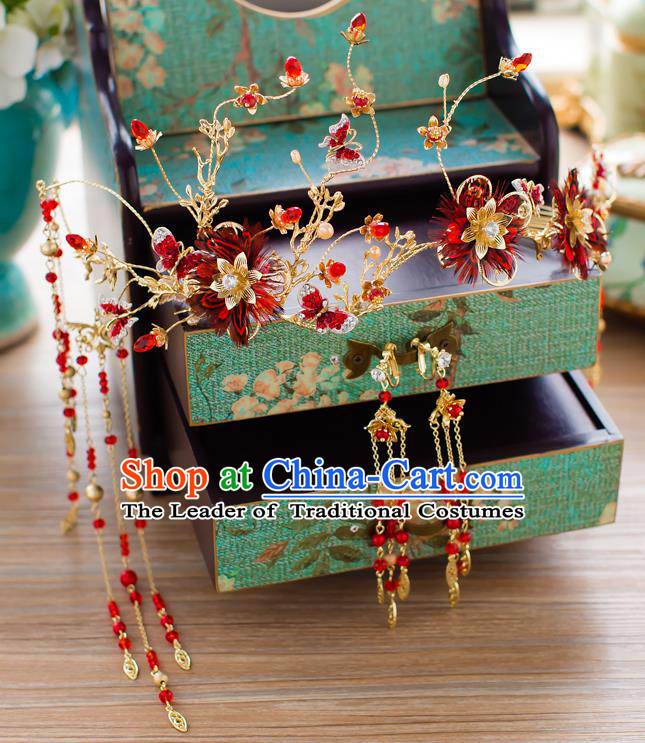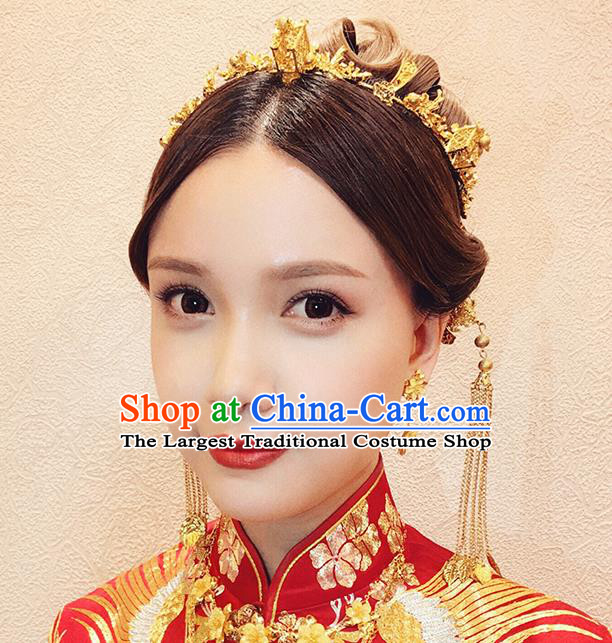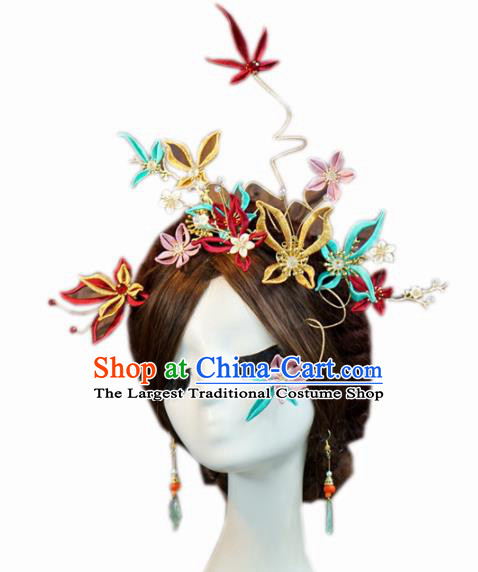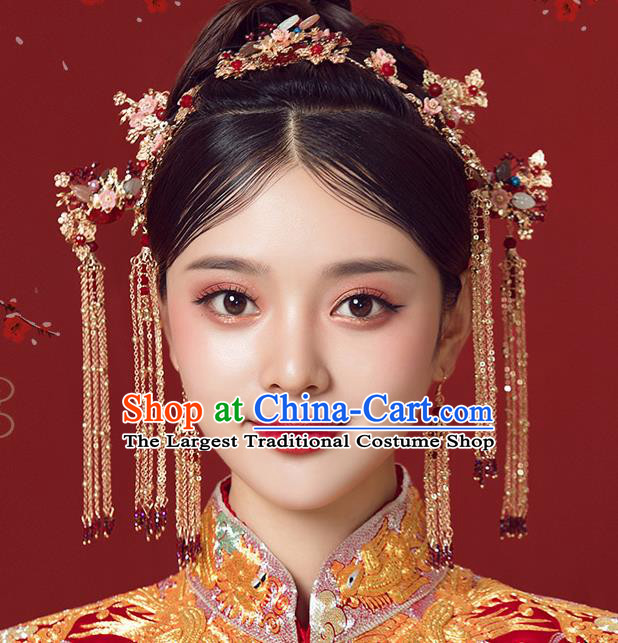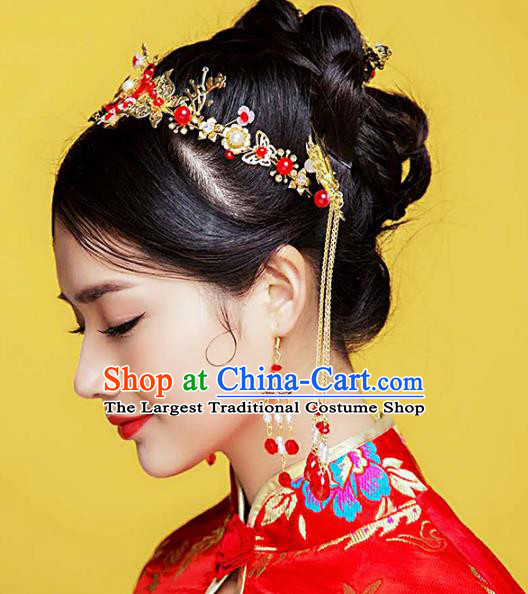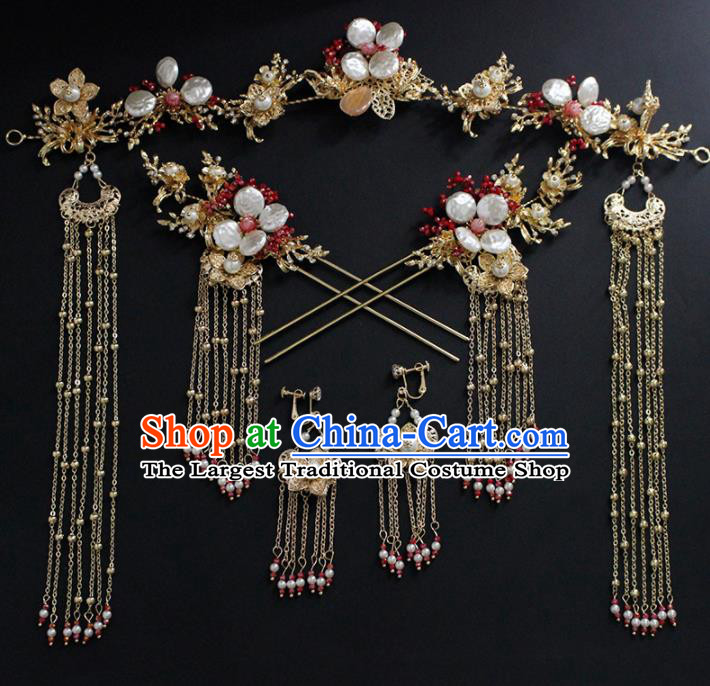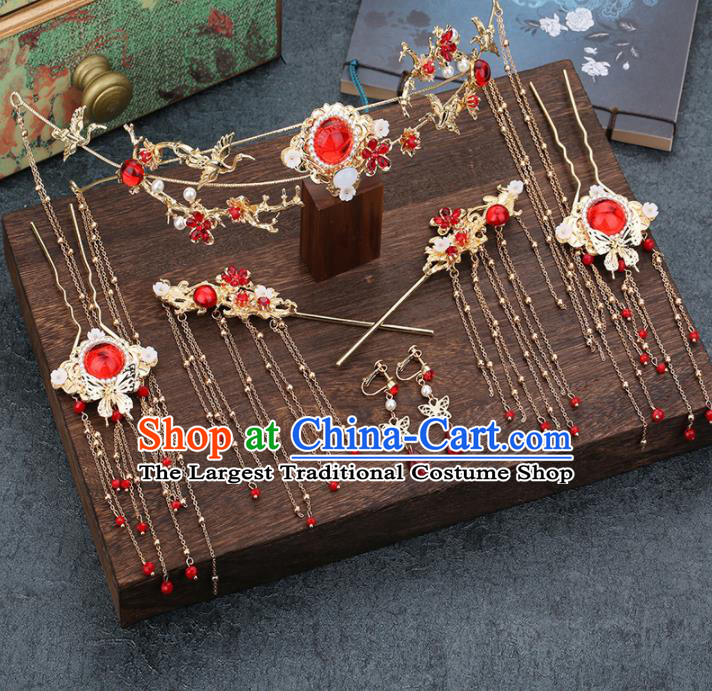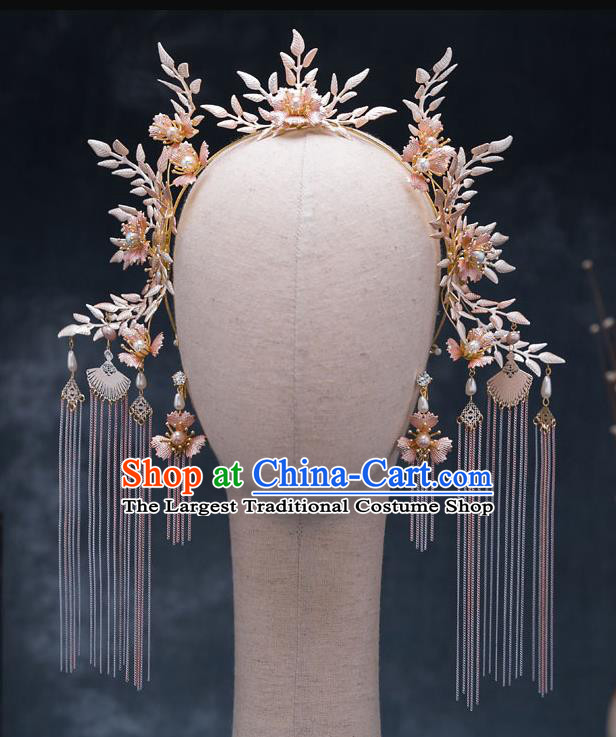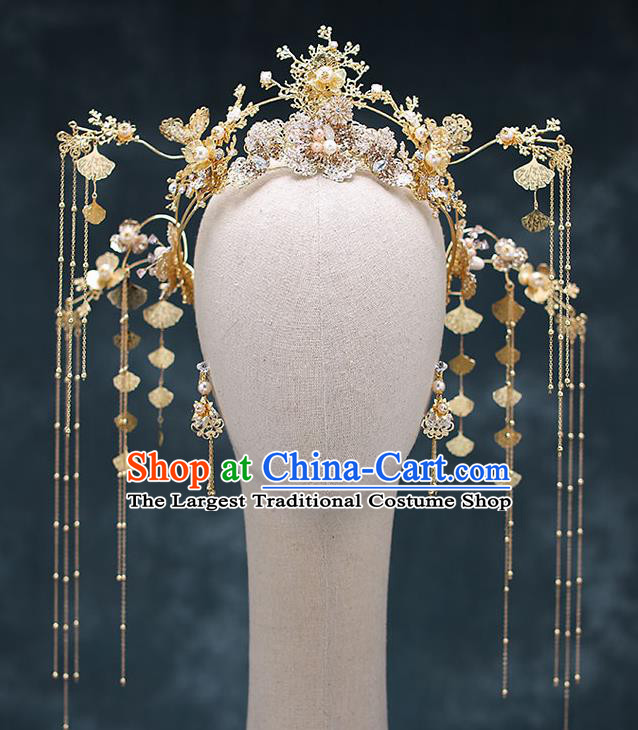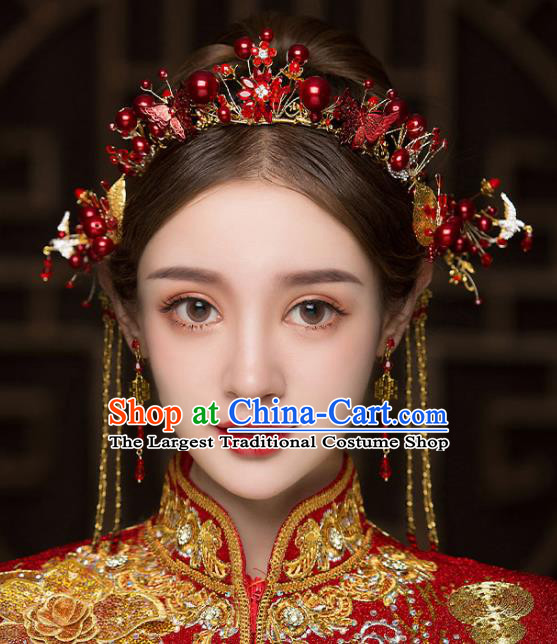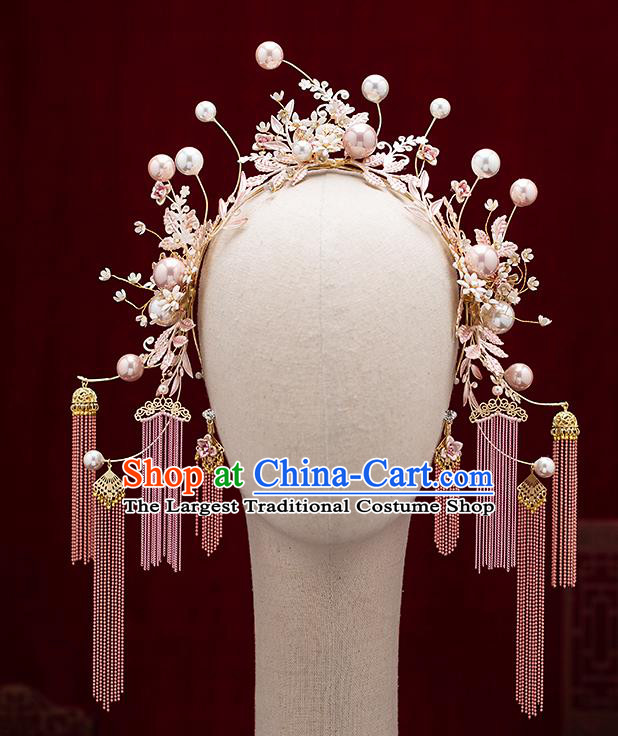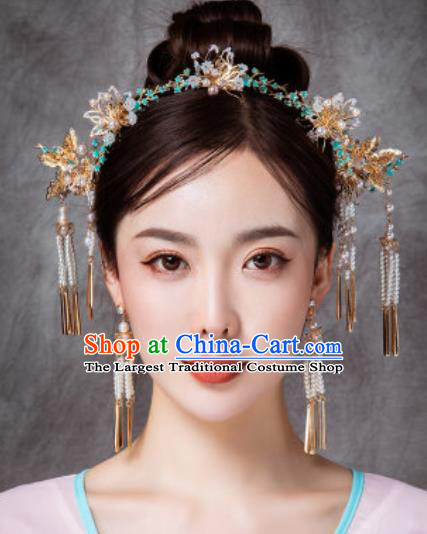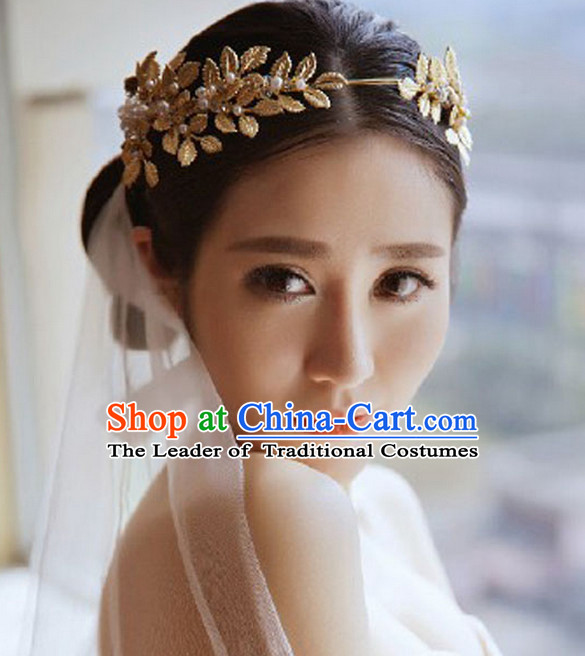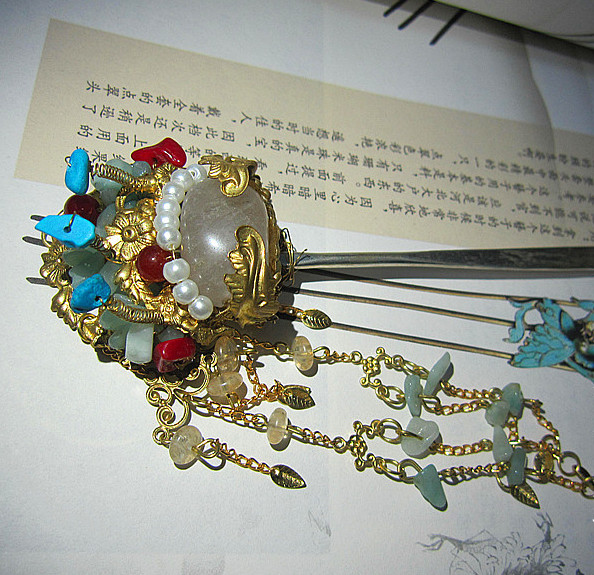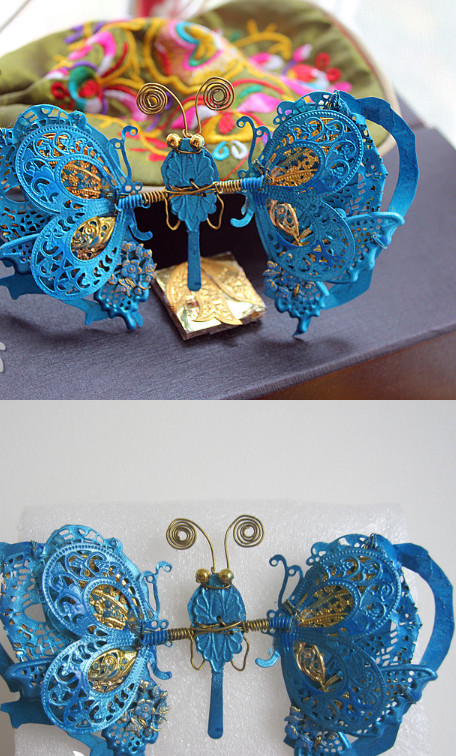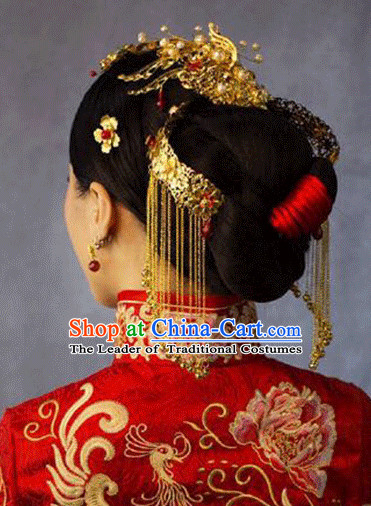
Click Related Pictures for More Audios:
Traditional Chinese wedding headwear, such as hairpins, hair combs, and hair clips, are unique and historically significant elements of Chinese culture.
These exquisite decorations not only represent the beauty and elegance of women but also carry rich cultural connotations and symbolic meanings.
In ancient China, women's hairstyles and makeup were strictly regulated and required.
They usually tied their hair into a high bun, called "ji," and decorated it with various accessories.
The most famous one is the "phoenix crown and rosy skirt," a headdress made of phoenix feathers, which symbolizes good luck and happiness.
In addition to this, there are many other types of headwear, such as dragon and phoenix, golden fish playing in water, etc.
, all of which have unique designs and meanings.
Apart from headwear, brides would also wear various jewelry pieces, such as earrings, necklaces, bracelets, etc.
These jewelry items are usually made of precious materials like gold, silver, jade, etc.
, to showcase the bride's status and wealth.
In ancient times, the bride's jewelry was often matched with her dowry to show her commitment and expectations for her new life.
With the passage of time, the hairstyles and makeup of modern Chinese women have undergone significant changes.
However, traditional headwear has been preserved and become a precious cultural heritage.
Today, people can see these exquisite headwear in museums, art exhibitions, and period dramas to feel the profoundness and unique charm of Chinese culture.

































